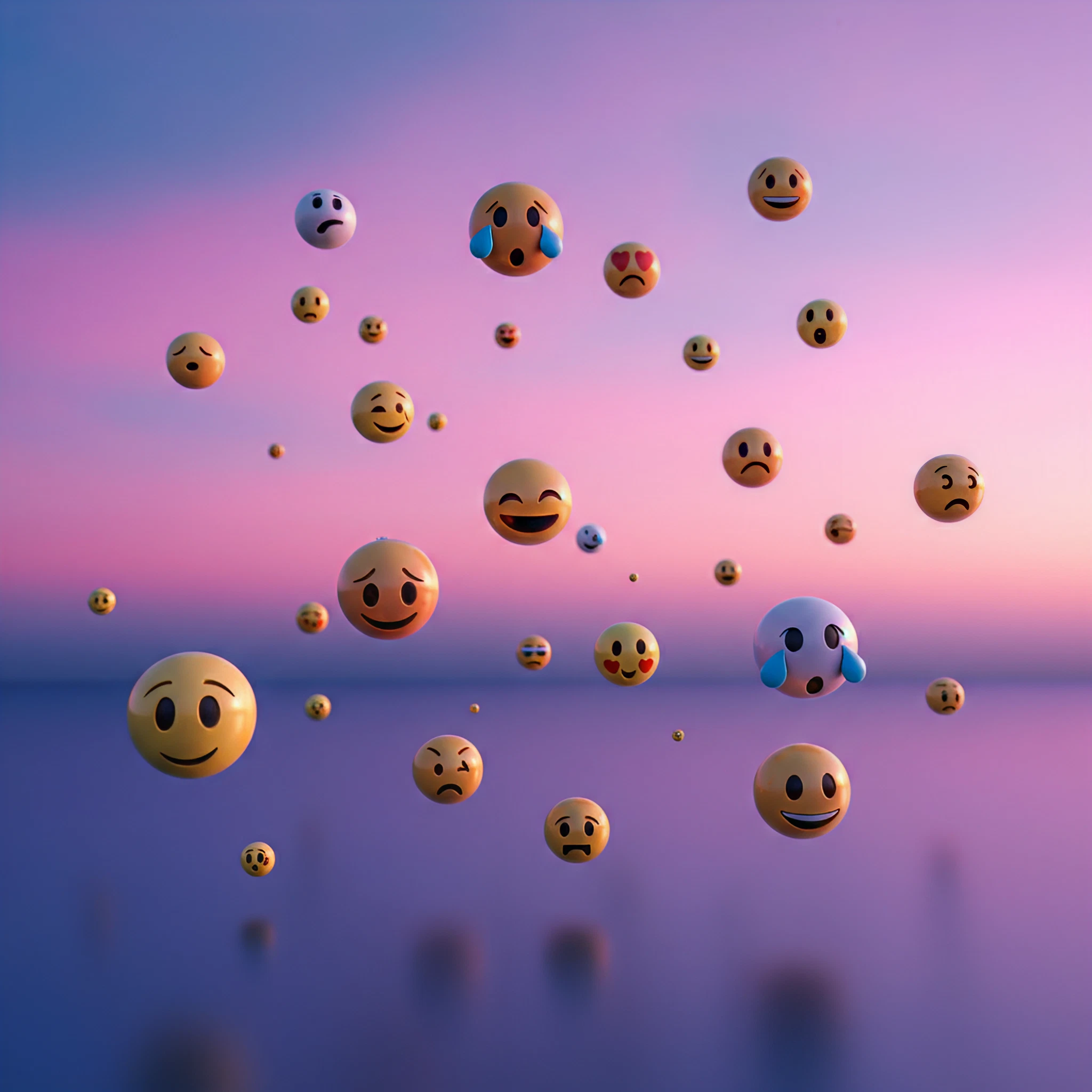Text emojis have been around for decades, evolving alongside our increasingly digital lives. They help us express emotions, add personality to plain text, and reduce confusion in written communication. But what do they all mean? And how can we use them effectively to convey the right message? Let’s explore the fascinating world of text emojis, their meanings, and their role in modern communication.
The Origin and Evolution of Text Emojis
Text emojis, also known as emoticons, have a storied history dating back to the early days of online messaging. They began as simple combinations of keyboard symbols to add emotional undertones to otherwise flat text. Did you know that the first emoticon, 🙂 (a smiley face), was proposed by computer scientist Scott Fahlman in 1982? Since then, text emojis have transformed into a universal language, evolving to encompass a wide range of emotions and ideas.
Over the years, text emojis have been complemented by graphical emojis, but these original expressions hold nostalgia and charm that still resonate with users across generations.
Popular Text Emojis and Their Meanings
Here are some of the most widely used text emojis and what they signify:
- 🙂 🙂 (Happy)
A simple way to indicate friendliness or pleasure. Use this to convey a warm tone.
- 🙁 🙁 (Sad)
Perfect for expressing disappointment, sadness, or empathy.
- 😀 😀 (Very Happy)
A big grin showing excitement, joy, or laughter.
- 😉 😉 (Winking)
Playful and cheeky, this one is often used to indicate a joke or flirtation.
- 😜 😛 (Playful)
Light-hearted and teasing, this emoji is great for casual fun.
- 😲 :O (Surprised)
Shocked or amazed? This emoji says it all.
- 😢 :'( (Crying)
A way to digitally shed a tear, expressing sadness or frustration.
- ❤️ <3 (Heart)
A symbol of love or strong affection.
- 😐 😐 (Neutral)
Perfect for moments when you’re unimpressed or indifferent.
- 😕 :S (Confused)
Best used when you’re feeling unsure or perplexed.
Cultural Differences in Emoji Interpretation
While text emojis are widely understood, cultural nuances and context can influence their interpretation. For example, a wink emoji might be seen as flirtatious in one culture and purely friendly in another. Similarly, the simple “<3” heart emoji could signify romantic love or general appreciation, depending on the relationship between the sender and receiver.
Cultural context is essential when using emojis in professional or cross-cultural communication, as misunderstandings are more common than you might think!
How Text Emojis Enhance Digital Communication
Text emojis do more than just add a fun element to your messages; they play a critical role in improving communication. Here’s how:
- Clarify Tone
Emojis can soften a potentially harsh statement or add warmth to neutral text. For example, “Sure.” can sound curt, but “Sure :)” feels friendly.
- Express Emotion
They act as a substitute for facial expressions, making it easier to show how you’re feeling without face-to-face interaction.
- Build Connection
A well-placed emoji, like :), can make digital conversations feel more personal and engaging.
- Save Time
Emojis can replace full sentences. Instead of typing “I’m so happy and excited,” you can simply use “:D.”
- Overcome Language Barriers
Emojis are relatively universal, allowing people from different language backgrounds to communicate effectively.
The Future of Text Emojis
Text emojis have stood the test of time, but what does the future hold for them? With the rise of graphical emojis, custom emojis, and AI-generated emojis, text-based symbols continue to adapt. Tools like Emojipedia and custom emoji generators have made it easier for people to create personalized expressions.
Even as graphical emojis dominate, the simplicity and accessibility of text emojis ensure they will remain relevant. They offer a nostalgic yet practical option for quick, informal communication.
Final Thoughts
Text emojis are a valuable communication tool that bridges the gap between plain text and emotional expression. By understanding their meanings and using them thoughtfully, you can enhance your digital conversations and connect more effectively with others.
Whether you’re expressing excitement with “:D” or teasing a friend with “;P,” text emojis are here to stay. Next time you craft a message, consider how a simple text emoji can transform your tone and bring your words to life.








